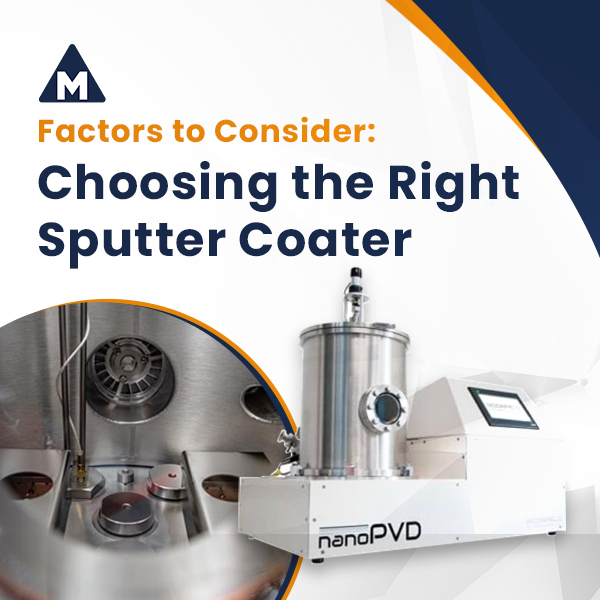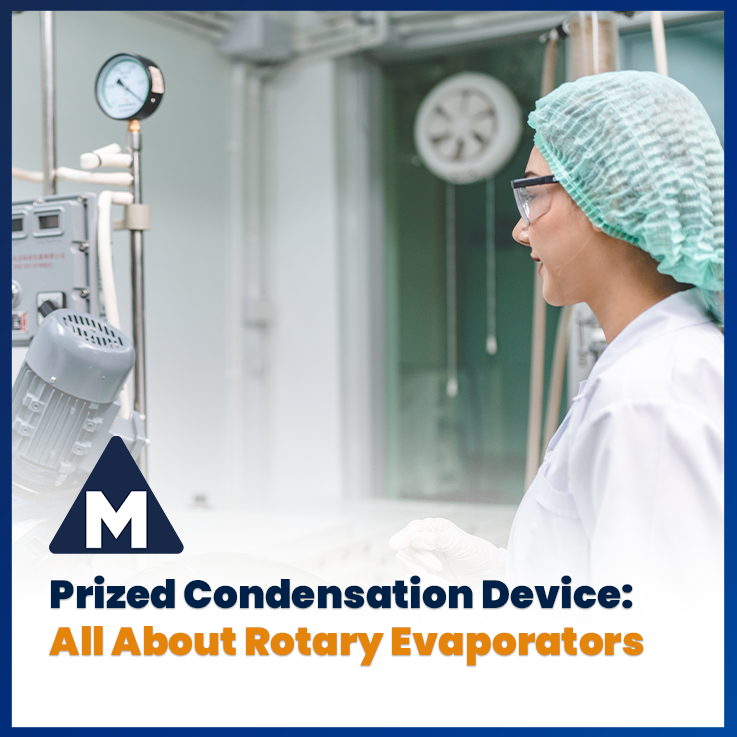What are the Different Types of Spectrophotometers?
Posted by BD TEAM on
Purchase Spectrophotometers at MSE Supplies
Spectrophotometers are instruments used to measure the intensity of light at different wavelengths. They are widely used in various scientific fields, including chemistry, biochemistry, physics, and environmental science. Here are some different types of spectrophotometers:

-
UV-Visible Spectrophotometer: This is one of the most common types of spectrophotometers used in laboratories. It measures the absorption or transmission of light in the ultraviolet (UV) and visible (Vis) regions of the electromagnetic spectrum (typically from 190 to 1100 nm). Most colorimetric assays such as protein quantification (BCA, Bradford) and ELISAs are read within this wavelength on a UV-Visible Microplate Spectrophotometer. Another common form of this Spec type is a Nano Spectrophotometer for analyzing DNA, RNA, protein, and cell density.
-
Infrared (IR) Spectrophotometer: IR spectrophotometers are used to measure the absorption, transmission, or reflection of infrared light. They are particularly useful in the analysis of organic and inorganic compounds and are capable of providing valuable structural information. In most labs they are utilized for identification of functional groups and specific substances, studying the progress of chemical reactions, detecting impurities, and quantitative analysis.
-
Fluorescence Spectrophotometer: These instruments measure the emission of fluorescent light from a sample after it has been excited by light of a specific wavelength. Fluorescence spectrophotometers are used extensively in molecular biology, biochemistry, and environmental analysis for detection of intracellular concentrations of ions, kinetics measurements, and also temperature-controlled analysis of proteins and peptides.
-
Atomic Absorption Spectrophotometer (AAS): AAS instruments measure the absorption of light by atoms in the vapor phase. They are commonly used for the quantitative analysis of elements, such as metals, in various samples, including environmental, geological, and biological specimens.
-
Atomic Emission Spectrometer (AES): AES instruments measure the emission of light by excited atoms. They are often used for elemental analysis and can provide information about the elemental composition of a sample.
-
Fourier Transform Infrared Spectrometer (FTIR): FTIR instruments measure the absorption or transmission of infrared light by a sample. They use interferometry techniques to achieve high-resolution spectra and are capable of identifying chemical functional groups and compounds. FTIR is preferred over regular IR since it more precise, does not destroy the sample, and is exponentially faster than older IR techniques.
-
Circular Dichroism Spectrophotometer (CD): CD spectrophotometers measure the differential absorption of left and right circularly polarized light. They are used to study the secondary structures of proteins, nucleic acids, and other chiral molecules.
These are just a few examples of the different types of spectrophotometers available. Each type has its own specific applications and advantages, and the choice of spectrophotometer depends on the nature of the analysis and the requirements of the experiment.



